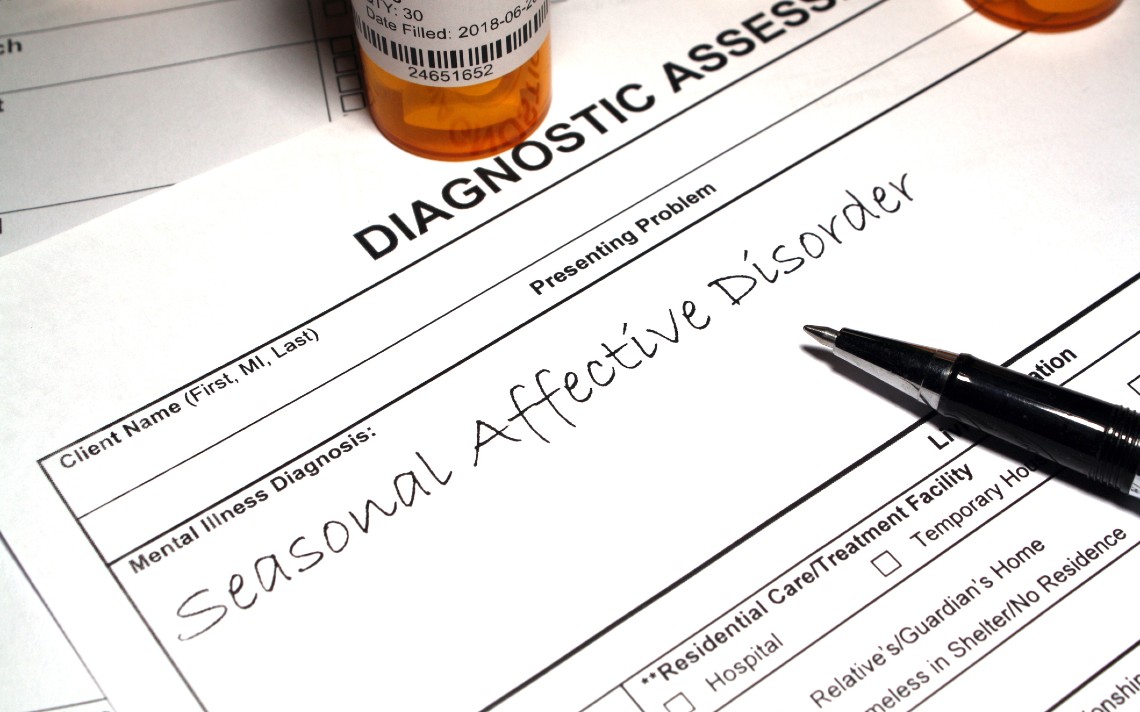
Once again, it’s that time of year. The sun has gone on its winter vacation, temperatures have dropped, and the sky is stained with an anything-but-cheerful shade of grey. With such serotonin-depleting changes to our environment, it’s no wonder that many of us feel less than chirpy in the winter months.
Seasonal Affective Disorder (SAD), however, is a lot more than a bad case of the ‘winter blues’. It is very much a ‘real’ illness, classified in the DSM-5 as a type of depression with seasonal temperament that affects between three and five per cent of adults.1,2,3 Similar to depression with no seasonal influence, SAD can affect an individual’s physical and mental wellbeing, with symptoms including but not limited to:
Unlike ‘typical’ depression which can persist regardless of the time of year, individuals experiencing SAD usually experience symptoms throughout autumn or winter, continuing through the darker months but eventually subsiding in the spring.4,5
But how do you know you have SAD and not the plain old winter blues? Well, according to the National Institutes of Health (NIH), winter blues isn’t medically diagnosed, but more of an understood feeling of sadness that is usually short-lived.6 This differs from SAD which is a diagnosable condition that cannot be alleviated by mere distraction and significantly impacts a person’s quality of life.
While the exact cause of SAD is not fully understood, the current theory is that such feelings are associated with the reduced amount of sunlight exposure during winter months.4
We know that sunlight plays a major role in the hypothalamus’ regulation, and that the hypothalamus is key for production and regulation of hormones such as serotonin and melatonin. So, disrupting this part of the brain through reduced sunlight exposure can have a drastic knock-on effect on a person’s mood and internal clock (circadian rhythm).7 Evidence also suggests that, similar to ‘typical’ depression, an individual’s genetic make-up can predispose to SAD.8,9
With regards to treatment, the National Institute for Health and Care Excellence (NICE) recommends that SAD be treated in the same way as other types of depression, using approaches such as cognitive behavioral therapy (CBT) or medications such as antidepressants.4 Given the link between sunlight deficiency and SAD, light therapy is also a promising treatment option; however, NICE states that the evidence on the benefits of this treatment is not yet clear enough to determine its effectiveness.10,11
If you find yourself unable to shake off depressive feelings during the winter months, please seek the help of a health professional. As outlined above, SAD should not be shrugged off as ‘winter blues’; it is a type of major depressive disorder requiring attention and treatment.
For more information about SAD, please visit https://www.nhs.uk/mental-health/conditions/seasonal-affective-disorder-sad/overview/.
References